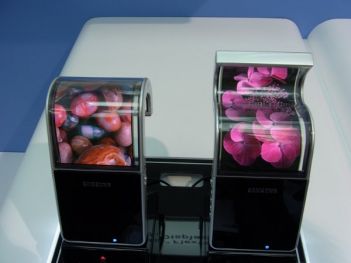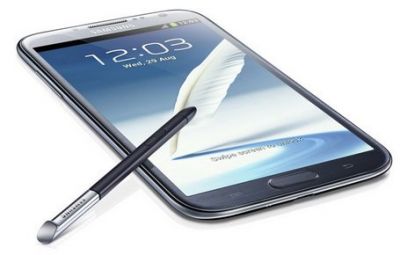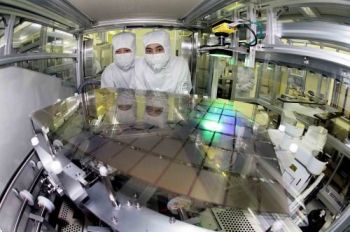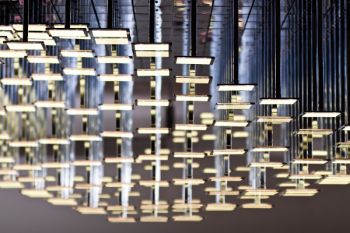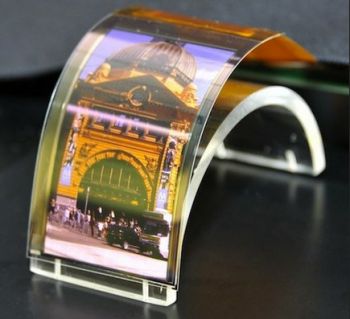Merck to collaborate with Seiko Epson towards printable OLED materials
Merck has signed a cooperation and licensing agreement with Seiko Epson. According to the agreement, Epson will supply Merck with ink technology that dissolves Merck's soluble OLED materials so that they can be used for the production of printable OLED displays. This brings Merck closer to providing production-ready OLED printing materials.

The two companies will also continue their close cooperation to create a strong ink-formulation roadmap in order for Merck to commercialize and address current and future requirements of the OLED TV industry, including the creation of industry-standard inks for manufacturing OLED TVs using inkjet technology.


